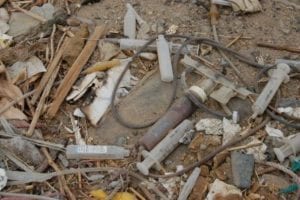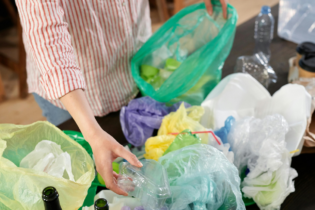A very disturbing story was reported by All Africa via The New Vision newspaper in Uganda. Near Jinja, the country’s second largest metro which is situated near Lake Victoria where the Nile flows into the lake, there is an informal settlement of around 10 000 people, known as Masese 3. According to the newspaper, dangerous and hazardous waste is being dumped in very close proximity to the settlement. Residents report that raw, rotten chicken, chemicals, antibiotics and antifungal drugs are disposed of, on their doorstep. And this, they say, while there is a waste management facility and a plan, in the region.
Residents further say that many have been “burnt” by chemicals while walking in the area and further, many have gotten sick from exposure to expired food and medication. The dumping, apparently uncontrolled and unmanaged has produced serious concerns have arisen about leachate. The newspaper reported that the Jinja municipal council environment officer Ernest Nabihamba downplayed the likely environment and health effects of leachate to the community.“Leachate secreted at the waste management plant is controlled and collected. We have ensured that the one generated from the landfill does not flow into the community,” he says. He added that “soil is a filter so leachate is filtered down and there is no threat to the underground water because the water table in the area is about 20 metres down.” He also said that leachate produced at the garbage site does not have the potential to pollute Lake Victoria. “Lake Victoria is four kilometres away. So by the time rain water reaches the lake, it is has been filtered through the wetlands. So nothing dangerous goes into the lake.”
With uncontrolled disposal such as reported on in Masese 3, the risk is not only to communities close by disposal sites, but also to the informal reclaimers so common in developing countris. WHO says that “In developing countries, additional hazards occur from scavenging at waste disposal sites and the manual sorting of hazardous waste from health-care establishments. These practices are common in many regions of the world. The waste handlers are at immediate risk of needle-stick injuries and exposure to toxic or infectious materials.” http://allafrica.com/stories/201211300392.html







